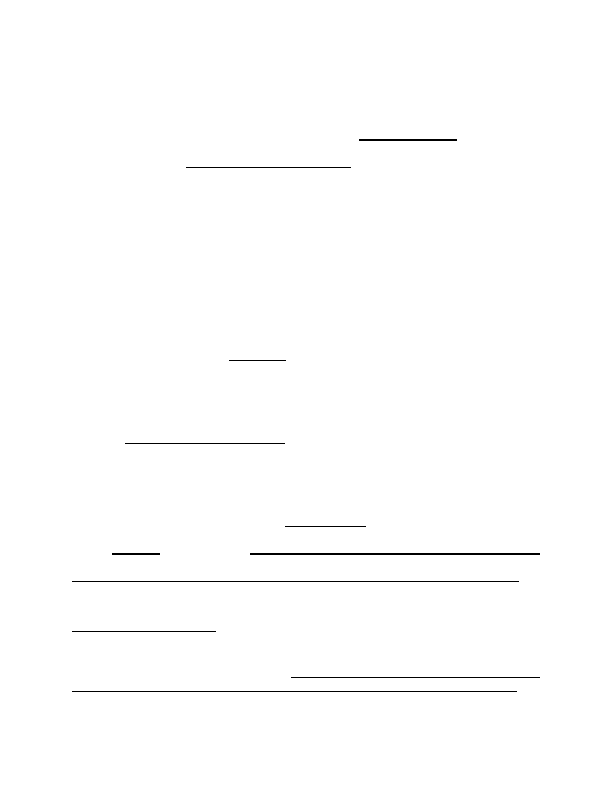
I.
In discussing the scope of copyright protection, the Supreme Court has noted
that “‘a page of history is worth a volume of logic.’” Eldred v. Ashcroft, 537 U.S. 186,
200 (2003) (quoting New York Trust Co. v. Eisner, 256 U.S. 345, 349 (1921)). The
same holds true with respect to patent protection. From a historical perspective, it is
highly unlikely that the framers of the Constitution’s intellectual property clause intended
to grant patent protection to methods of conducting business. To the contrary, “those
who formulated the Constitution were familiar with the long struggle over monopolies so
prominent in English history, where exclusive rights to engage even in ordinary
business activities were granted so frequently by the Crown for the financial benefits
accruing to the Crown only.”
In re Yuan, 188 F.2d 377, 380 (CCPA 1951). The Statute
of Monopolies,
enacted in 1624, curtailed the Crown’s ability to grant “monopolies to
court favorites in goods or businesses which had long before been enjoyed by the
public.” Graham v. John Deere Co., 383 U.S. 1, 5 (1966). When drafting the
Constitution, the framers were well aware of the abuses that led to the English Statute
of Monopolies and therefore “consciously acted to bar Congress from granting letters
patent in particular types of business.” In re Comiskey, 499 F.3d 1365, 1375 (Fed. Cir.
2007); see also Malla Pollack, The Multiple Unconstitutionality of Business Method
Patents: Common Sense, Congressional Consideration, and Constitutional History, 28
Rutgers Computer & Tech. L.J. 61, 90 (2002) (“[T]he ratifying generation did not agree
1
The Statute of Monopolies “grew out of abuses in the grant of exclusive
franchises in various lines of business such as trading cards, alehouses and various
staple products.” Robert P. Merges, As Many as Six Impossible Patents Before
Breakfast: Property Rights for Business Concepts and Patent System Reform, 14
Berkeley Tech. L.J. 577, 585 (1999).
2007-1130
2

